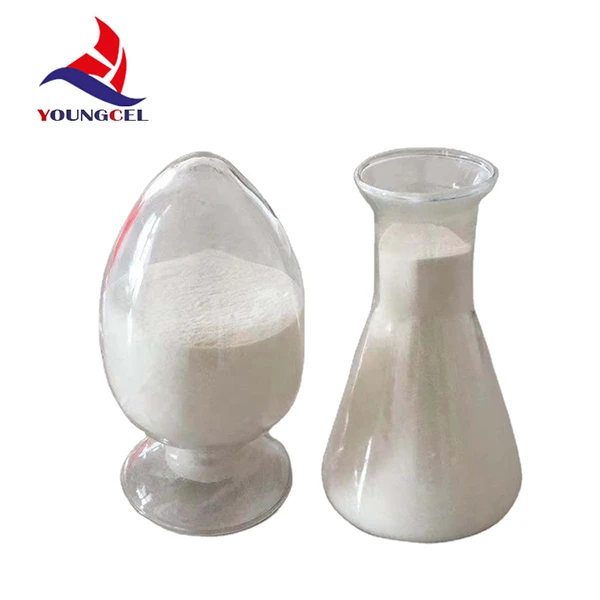The Role of HPMC in Modern Construction
Cellulose ethers, particularly Hydroxypropyl Methylcellulose (HPMC), have become increasingly significant in the construction industry, revolutionizing the way materials are formulated and applied. This versatile compound is derived from natural cellulose and exhibits properties that enhance performance in various construction applications, making it a staple in modern building practices.
What is HPMC?
HPMC is a water-soluble polymer that belongs to the class of cellulose ethers. It is produced by the chemical modification of cellulose, which is a natural polymer obtained from plant cell walls. This modification process introduces hydroxypropyl and methoxy groups into the cellulose structure, which alters its solubility and functionality. The ability of HPMC to dissolve in water while maintaining consistent performance has led to its widespread use in the formulation of construction materials.
Applications in Construction
HPMC is primarily used as an additive in cement-based products, tile adhesives, plaster, and joint compounds. Its unique properties contribute significantly to the performance of these materials in several ways.
1. Water Retention One of the key benefits of HPMC is its ability to retain water within a mixture. This characteristic is crucial for maintaining moisture during curing processes, which directly influences the strength and durability of cementitious materials. Better water retention minimizes the risk of cracking and enhances the bonding between different layers of construction materials.
hpmc used in construction

2. Improved Workability HPMC improves the rheological properties of construction materials, making them easier to work with. It increases the viscosity of mixtures, allowing for better application and manipulation without slumping. This characteristic is especially important for tile adhesives and plasters, where ease of application can significantly affect the quality of the finished product.
3. Enhanced Adhesion HPMC promotes excellent adhesion between materials, allowing for a stronger bond between tiles and substrates or between layers of plaster. This is particularly beneficial in environments where temperature fluctuations and humidity levels may challenge other types of adhesives.
4. Thickening Agent As a thickening agent, HPMC supports the desired consistency in various mixtures. This property is vital for ensuring that products maintain their shape and application characteristics during their use, enhancing their performance in a wide array of construction tasks.
Environmental Impact and Sustainability
In addition to its functional benefits, HPMC is often viewed as a more environmentally friendly alternative compared to some synthetic additives. As a derivative of natural cellulose, it benefits from a renewable resource base, and its decomposition is less harmful than that of some petroleum-based polymers. Moreover, the use of HPMC can potentially reduce the amount of waste generated during construction, as improved adhesion and water retention contribute to lower failure rates and rework.
Conclusion
The incorporation of Hydroxypropyl Methylcellulose in construction materials represents a significant advancement in building technology. Its multifaceted properties not only enhance the performance and longevity of construction materials but also contribute to environmentally sustainable practices. As the construction industry continues to evolve, the role of HPMC is likely to expand, facilitating innovations that improve material efficiency, workability, and strength. This compound exemplifies how modern chemistry can enhance traditional building practices, paving the way for a more sustainable and efficient future in construction.
-
Rdp Powder: Key Considerations for Wholesalers in the Building Materials IndustryNewsJul.08,2025
-
Key Considerations for Wholesalers: Navigating the World of Hpmc - Based ProductsNewsJul.08,2025
-
Hpmc Detergent: Key Considerations for WholesalersNewsJul.08,2025
-
Key Considerations for Wholesalers: China Hpmc For Tile Adhesive, Coating Additives, Concrete Additives, and MoreNewsJul.08,2025
-
Crucial Considerations for Wholesalers: Navigating the World of Construction MaterialsNewsJul.08,2025
-
Key Considerations for Wholesalers Sourcing Additive For Cement, Additive For Concrete, Additive For Putty from Additive Manufacturer Shijiazhuang Gaocheng District Yongfeng Cellulose Co., Ltd.NewsJul.08,2025




